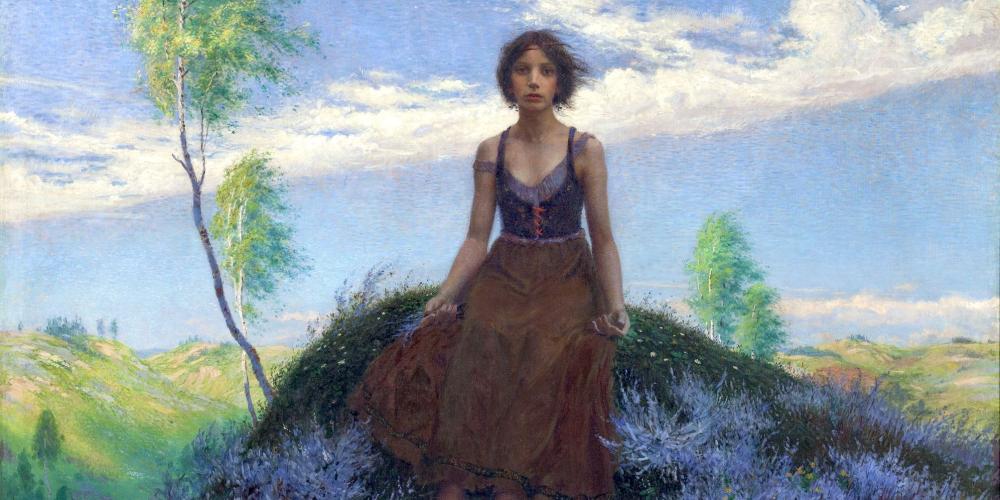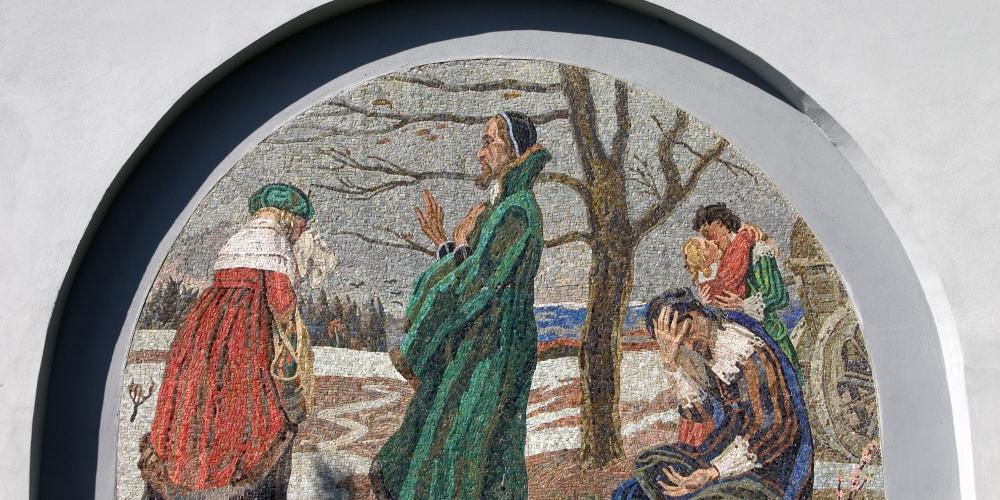Max Švabinský - the renowned painter and graphic designer from Kroměříž

The enhanting setting of Kroměříž has inspired many leading figures in Czech culture, whether they were born in the town or just lived there. Among them are the baroque composer Pavel Josef Vejvanovský, conductor Václav Talich, architect Karel Prager, writer Jindřich Spáčil, script writer and poet Miloš Macourek, as well as the world-famous painter and graphic artist Max Švabinský. Švabinský may be the clearest example of the influence of a home town on the personality of a young man and the cultivation of his talents, which were later expressed through many beautiful and highly regarded works of art.
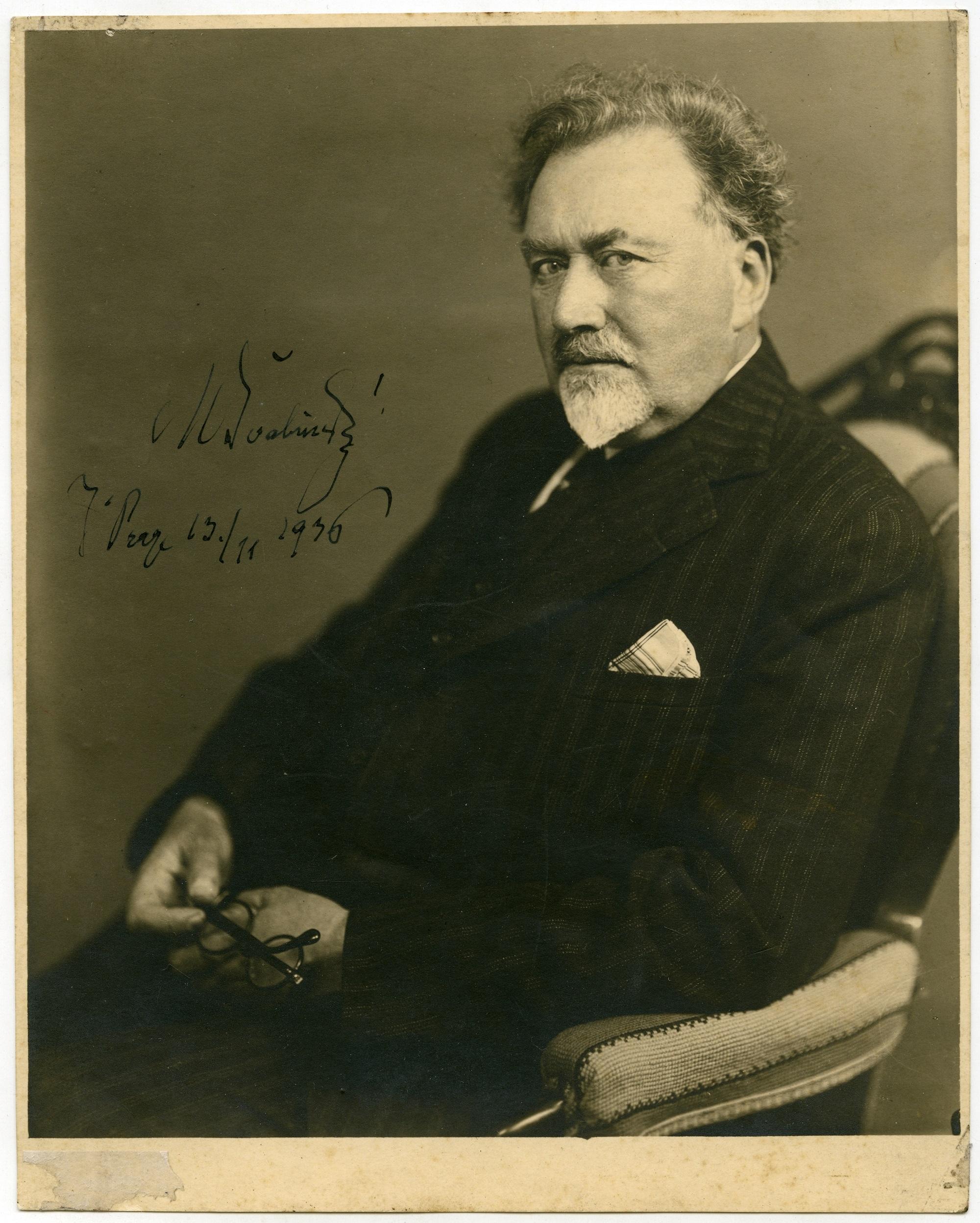
Max Švabinský was born on 17 September 1873 – a boy from a modest house in Kroměříž’s Jánská street, who was to become a world-famous painter and graphic artist. He was an extramarital child and grew into poverty. The lack of material wealth in his life was more than compensated by the love of the three women with whom he shared the house—his mother Marie, aunt Mary, and grandmother Pauline. Grandpa František was the only male model for Švabinský, but passed away prematurely. You can see the memorial plaque on the façade of the small house where Švabinský and his family lived. Later the family moved to a former vinegar factory where you can see the four of five lunette paintings that were originally created for the National theatre in Prague.
Although Švabinský didn’t enjoy a wealthy childhood, he was gifted with a great talent and was fortunate to live in a highly aesthetic environment. The architecture and gardens of Kroměříž provided many cues and models for him to explore his talent. Since his childhood he spent a lot of time in the palace gardens, which reflect two entirely different worlds—the precise and symmetrical formal baroque Flower Garden is the opposite of the wilder Palace Garden landscape park. Švabinský loved collecting insects, especially butterflies, and pursued this hobby in both gardens over the gardeners’ frequent protests, as he stepped on the flowers and neatly trimmed lawns. He had to be inventive in hiding from the gardeners to catch the butterflies, which he took to draw and paint. His grandpa František taught him about nature and its beauties, as well as captivating stories of faraway exotic lands as they walked the Palace Garden.
The fascination with butterflies stayed with Švabinský and became a common motif in his works throughout his career. He also loved the stone table in the Palace Garden—a magical and romantic place that provided the quiet concentration that he needed for his early drawings. The greenhouses in the Flower Garden were also a great inspiration for the budding artist—with their multitude of exotic flowers and plants that could be seen nowhere else in his region.
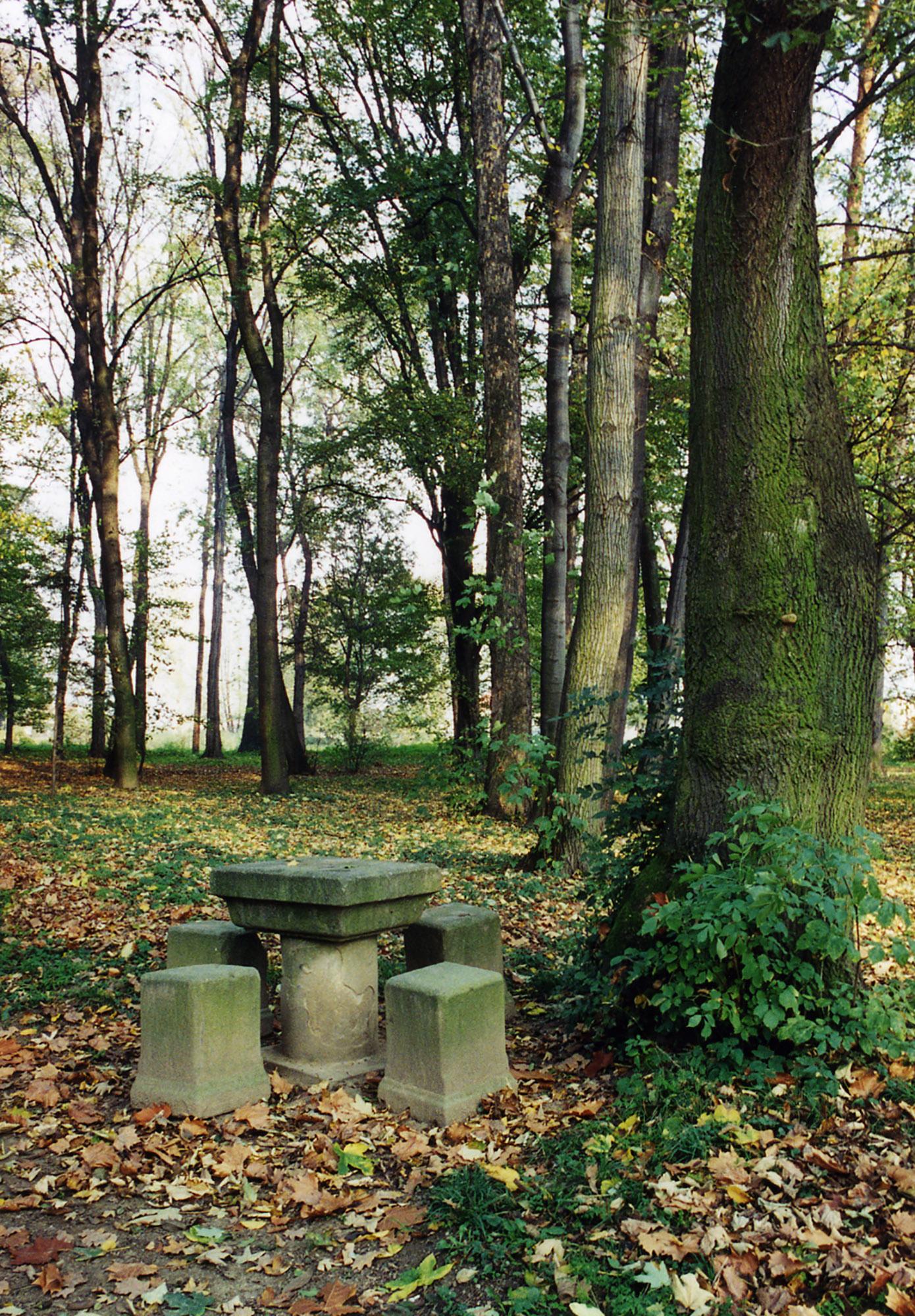
The inspiration that Švabinský drew from the greenhouses of Kroměříž were later transformed into dream-like images full of exotic vegetation, with people living in harmony with wild animals—in a reality outside this world. The woodcuts from the Paradise Sonata collection are a wonderful example of this graphic work. In them, Švabinský created his vision of paradise where young lovers could walk free of any worries of the everyday reality. It is an environment full of lush vegetation and exotic wildlife creating a realistic image of a tropical landscape – in fact, Švabinský never physically visited any of these faraway lands. The greenhouses and gardens of Kroměříž were his main source of inspiration and in the eyes of his inner child they must have really seemed as a real tropical rainforest.
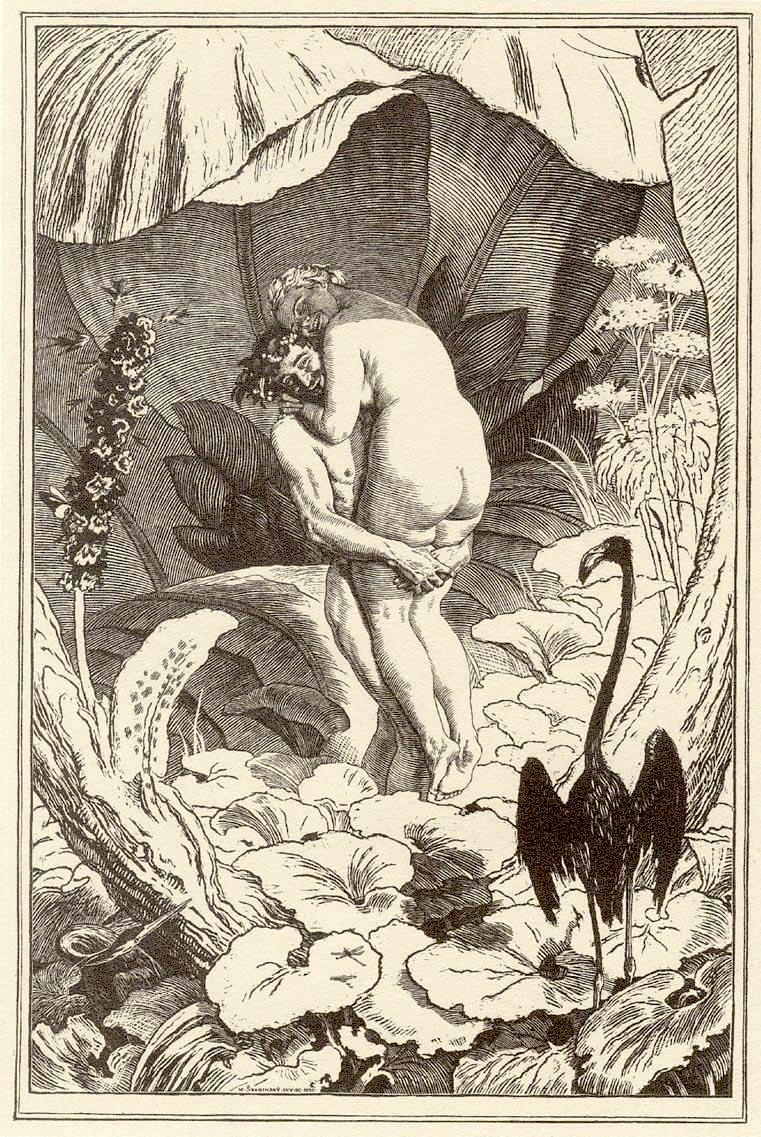
Visitors to Kroměříž can experience the same inspiration that influenced the works of Max Švabinský and other artists. Through visiting the Flower Garden, the Palace Garden, and the Max Švabinský exhibit at the Museum of the Kroměříž Region you can see the world through the eyes of the artist and understand why he followed the motto “Admire nature always and everywhere!” all of his life.
